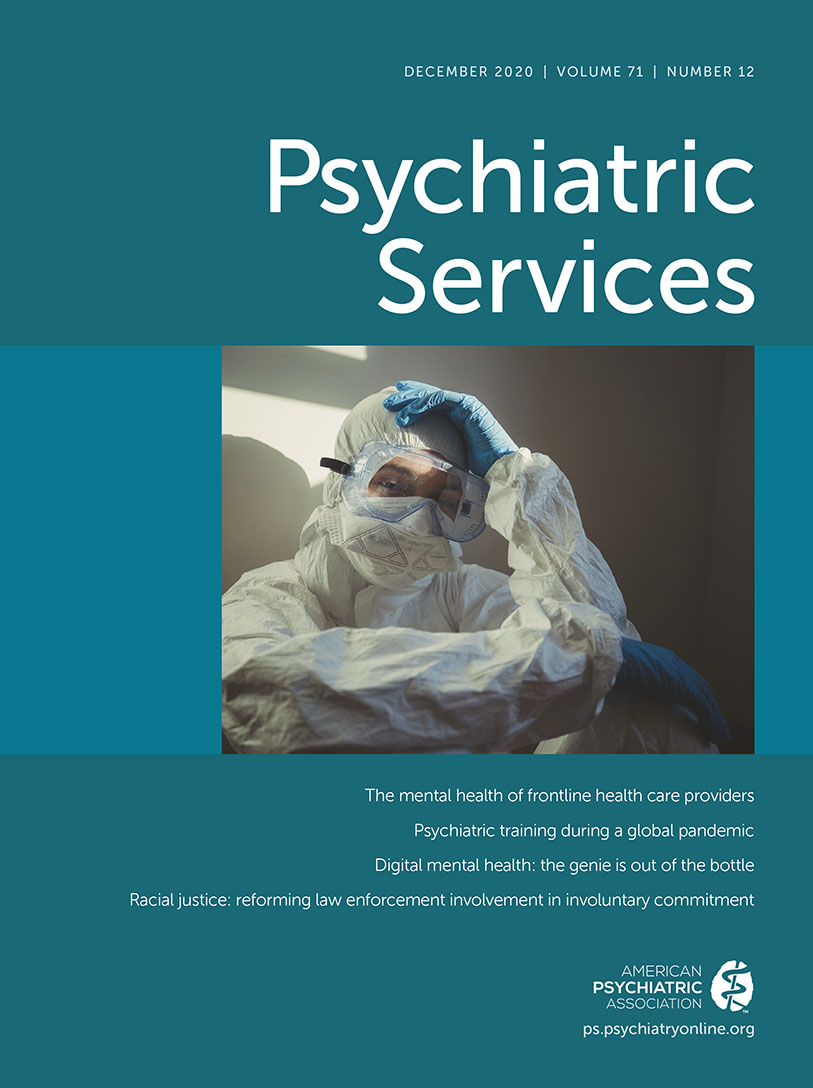First-Person Accounts of Change Among Young Adults Enrolled in Coordinated Specialty Care for First-Episode Psychosis
Abstract
Objective:
This study investigated how clients of a coordinated specialty care (CSC) program for first-episode psychosis perceived how they changed while attending the program, what the most important changes were, and what mechanisms they believed helped bring about these changes.
Methods:
Study participants were 121 individuals (71 men and 50 women) from 35 CSC programs across 22 U.S. states. Responses to the primary questions of interest were procured through a semistructured interview. Data on the length of time in the CSC program were also obtained. The authors used systematic content analyses to analyze these qualitative data.
Results:
Participants reported a greater number of changes the longer they had received CSC services. Half of the participants reported improved psychiatric symptoms, and this change was the most important for almost one-third (31%; N=32) of the sample. In addition, 39% (N=45) of participants also reported improved social and interpersonal skills, changes in their attitude to and perspective on life, and more treatment engagement. Participants most frequently endorsed therapy as the mechanism underlying their improvement.
Conclusions:
Standardized outcome measures allow systematic assessment of clinical and functional status, but they do not provide a nuanced understanding of the underlying mechanisms or the areas of improvement most important to individual clients. The findings reinforce the value of mixed methods in both research and quality improvement efforts as well as for greater integration of patient-selected outcome measures.



